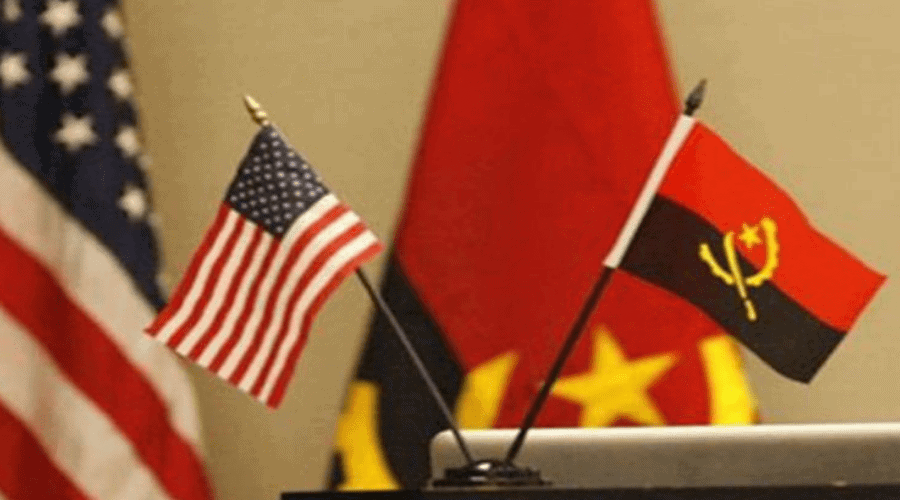By a DOS Diplomatic Technology Officer
The role of Diplomatic Technology Officer (DTO) at an overseas Embassy varies depends on the location, telecommunication infrastructure, support to other agencies and, most importantly, the size of the post. For example, when a VIP, like the Secretary of State, visits a country, the background work required for preparation of the visit can be substantial.
In a country where visits from VIPs are frequent, the coordination with the Control Officer and other Embassy offices and agencies on the logistics, such as, setting up the control center or identifying the support resources, are relatively straightforward. In a country where such visits are infrequent, the time and effort involved can make things more complicated.
One of the key aspects of preparing for a Secretary of State visit is setting up a communications infrastructure capable of maintaining direct communication with Washington, D.C. at a moment’s notice — from anywhere and anytime. In advance of the visit, the DTO coordinates with the Secretary’s mobile communications team, staffed by technical Specialists, to gather and understand the Secretary’s technical requirements for the duration of the visit.
In most Western countries around the world, these communications depend on fast internet service or Virtual Private Networks (VPNS). This isn’t necessarily the case in places like Luanda, Angola, located in the Southwestern part of Africa. Despite the dilapidated telecommunications infrastructure, the DTO must work with the hotel management and IT team to ensure the Secretary’s technical requirements are met for both the hotel rooms and in the mobile communications suite.
An additional complicating factor can be the language barrier. Sometimes the position can be language designated, which means that the DTO must attend formal language training before arriving at a post. In the Luanda example, the DTO would be able to use the Portuguese language skills to translate the technical requirements and to maintain a meaningful discussion with the local staff and the hotel’s IT team.
The technical support is not limited to pre-visit planning. During the visit, the DTO also communicates with the hotel’s IT team to immediately address any impeding factors to communications, such as frequency of power outages, availability of back-up generators to maintain steady connectivity, and a contingency plan for any other issues as they arise.
The public face of a Secretary of State visit is what people see in the newspapers or on social media. The reality is that the majority of the work that DTOs perform days, or even weeks, in advance is what enables the Secretary to successfully engage in face-to-face diplomacy with the world’s leaders. All Embassy staff, including the local employees and the local service providers, must work together to provide efficient support and a robust communications service.
Each post has its own little quirks and each host country handles requests in a slightly different way. But the DTO performs the most important component of the whole process – maintaining all communications, including setting up workstations and iPads, ensuring cellphone service and developing a contingency plan.





![Foreign Service Dimensions: Qualities of a Successful Foreign Service Specialist Candidate [Infographic]](https://www.faitfellowship.org/wp-content/uploads/2019/11/Infographic-_-900-px-x-500-px-500x383.png)

